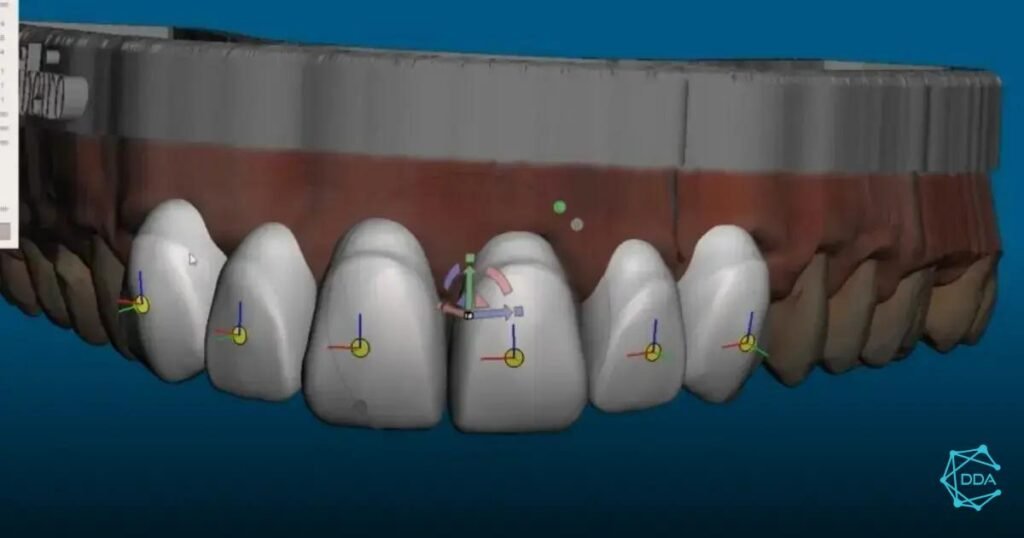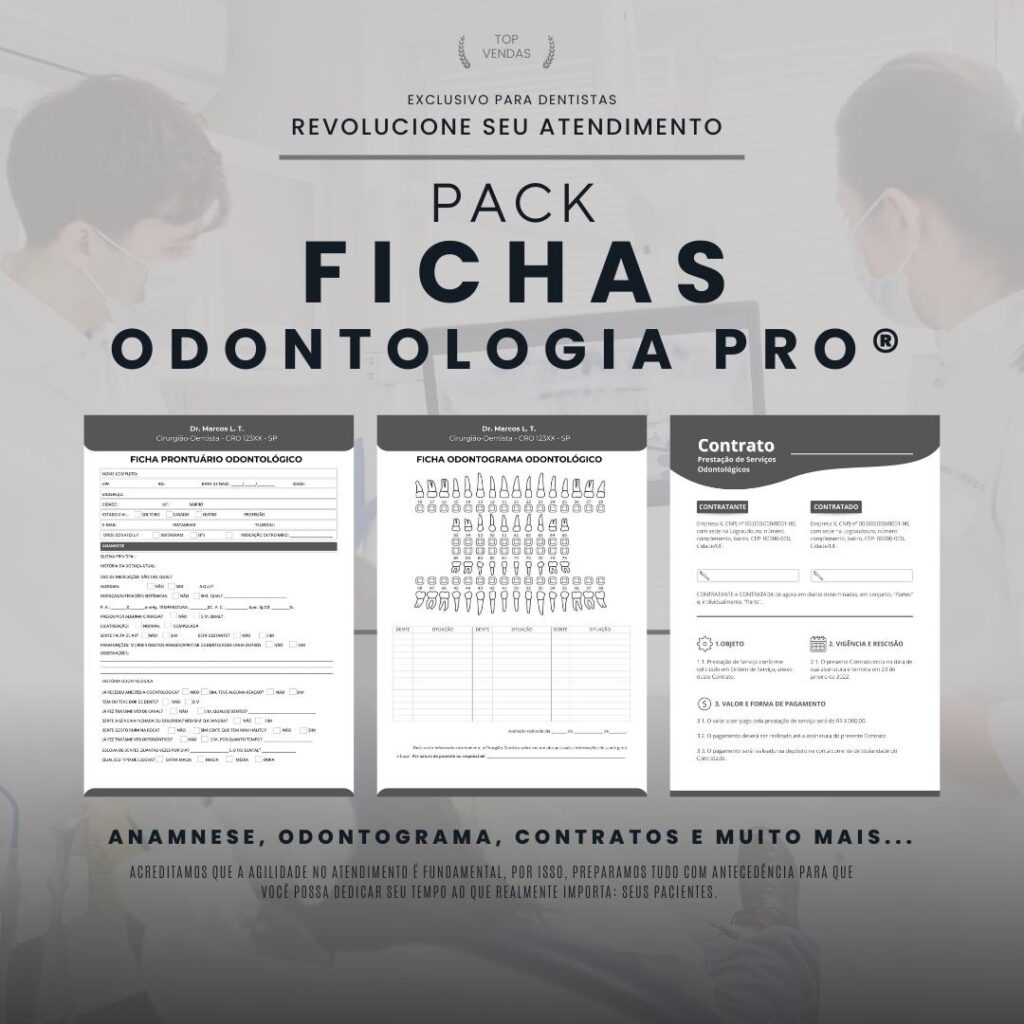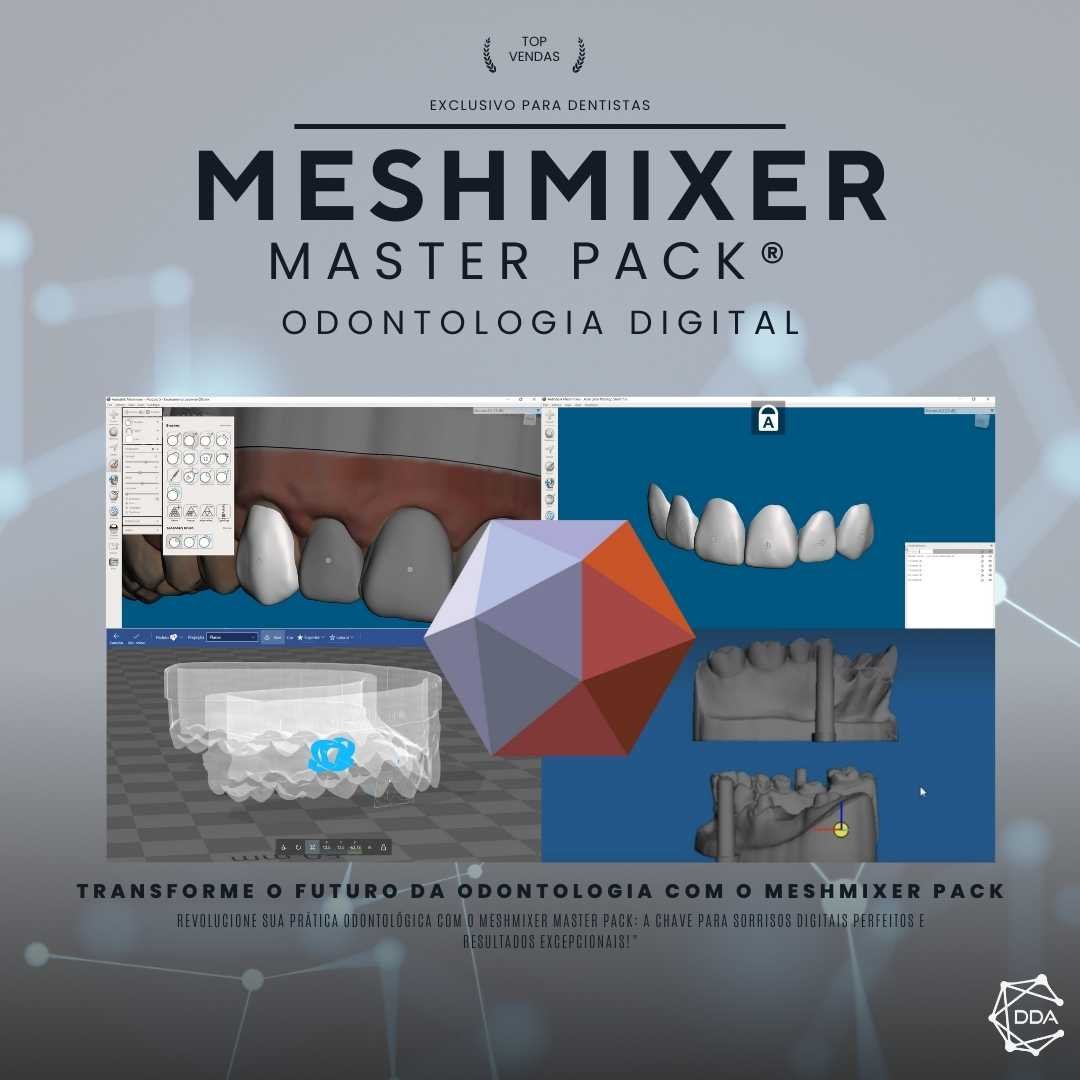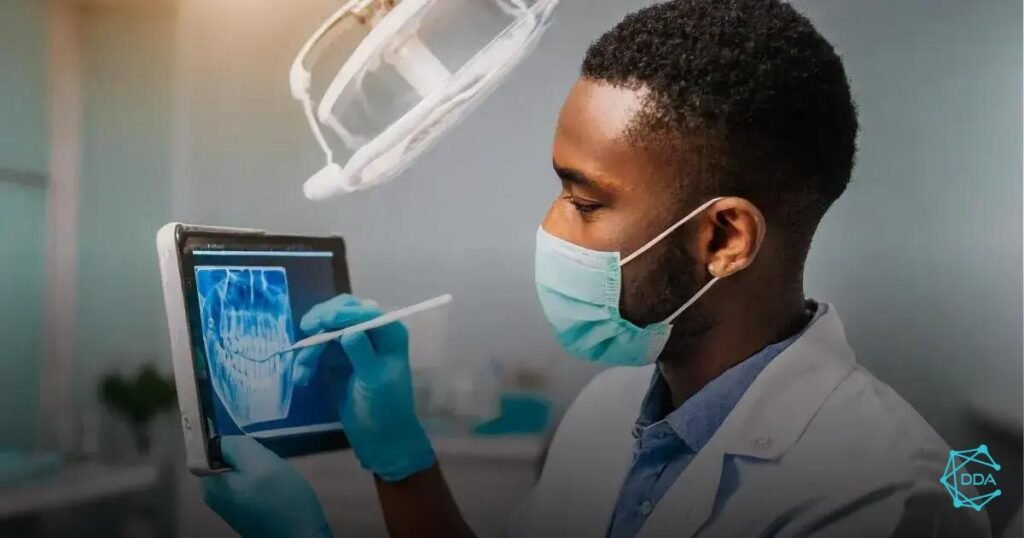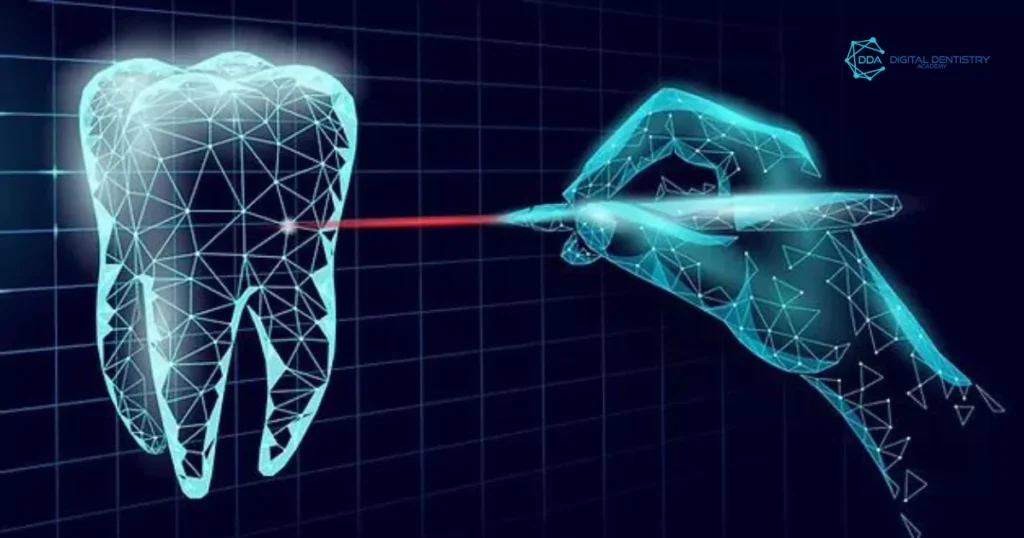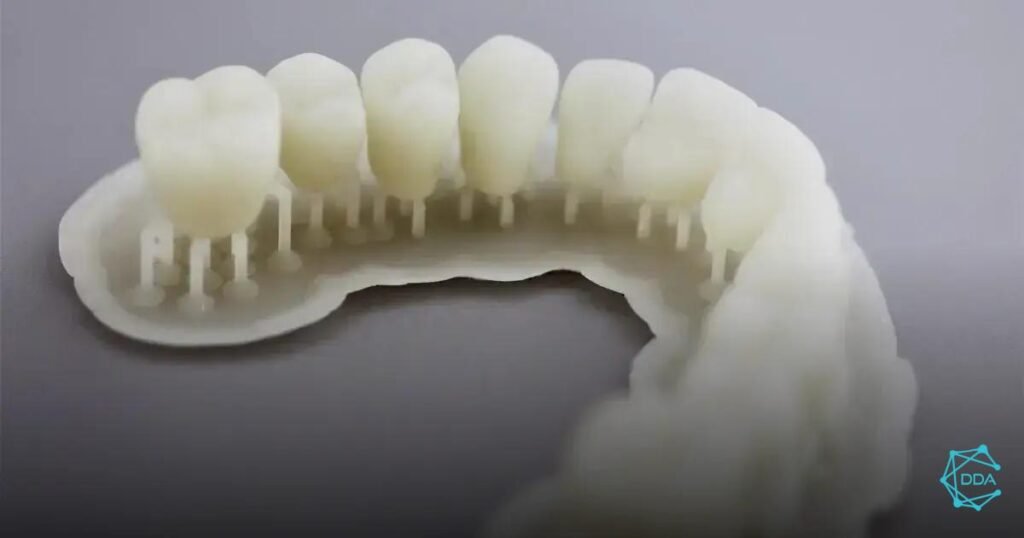A practice with dental 3D printers is revolutionizing the field of dentistry, offering innovative and efficient solutions. These printers allow the creation of prosthetics, molds and other personalized devices with precision. In this article, we will discuss how you can integrate this technology into your clinic, the materials available, their practical applications and essential tips to optimize their use.
Benefits of 3D Printing in Dentistry
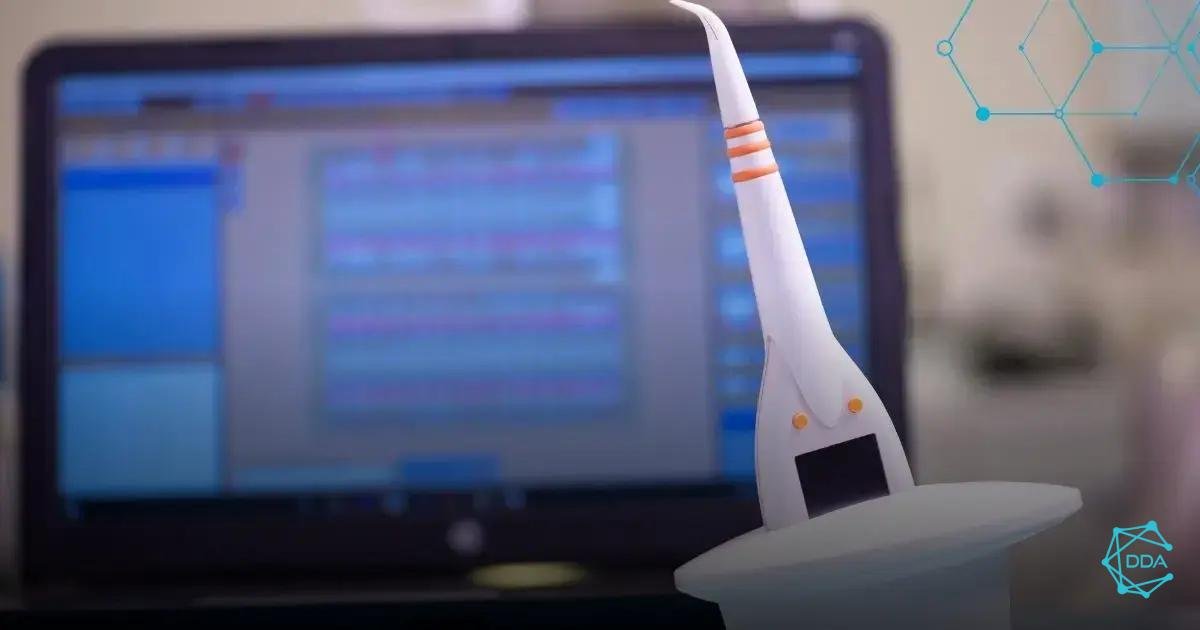

A 3D printing in dentistry offers a range of benefits that transform the way dentists work. Firstly, the precision in creating prosthetics and molds is unmatched. With 3D printing technology, it is possible to produce parts that fit perfectly in the patient's mouth, improving comfort and functionality.
Another significant benefit is the time reduction in the manufacturing process. Instead of waiting days or weeks for a prosthetic, 3D printing can produce parts in a matter of hours, allowing dentists to serve their patients more quickly and efficiently.
Additionally, 3D printing provides a personalization unprecedented. Each patient is unique, and with this technology, it is possible to create personalized solutions that meet the specific needs of each one, resulting in more effective treatments.
A cost reduction is also an important factor. With 3D printing, material waste is minimized, and mass production of parts can result in significant savings for clinics and practices.
Finally, 3D printing promotes innovation in dentistry. By adopting this technology, professionals can explore new treatment possibilities, such as the creation of surgical guides and anatomical models, further improving clinical results.
Materials Used in Dental 3D Printers
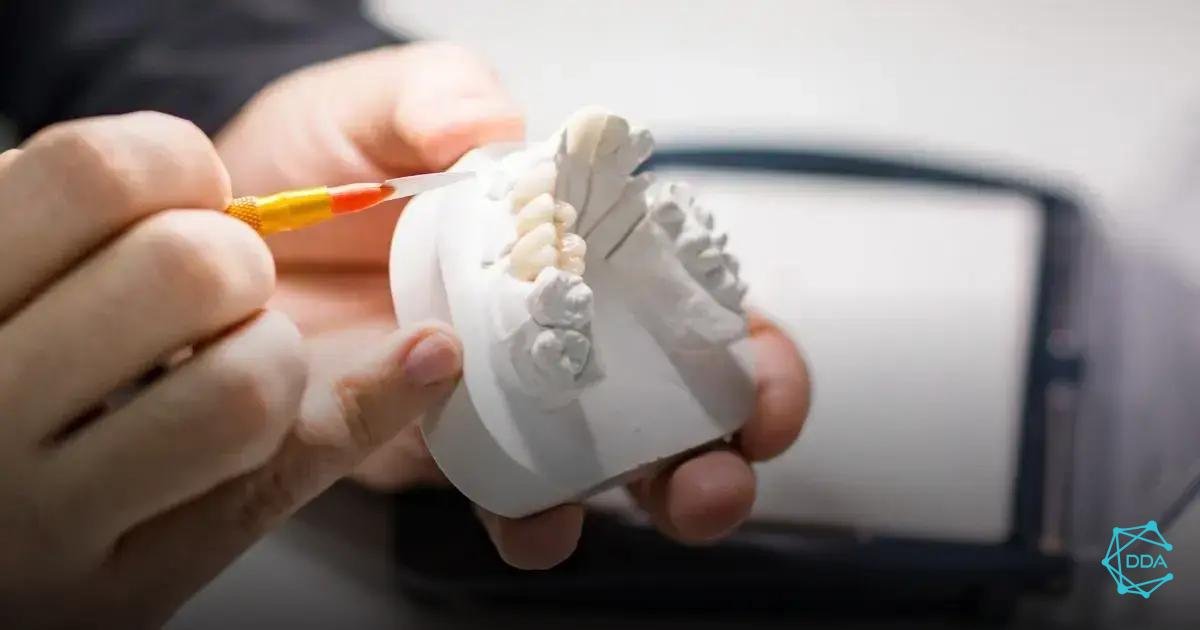

In the world of dental 3D printing, the choice of materials is crucial to guarantee the quality and durability of the parts produced. There are several materials that can be used, each with specific properties that meet different needs.
One of the most common materials is PLA (polylactic acid). This biocompatible plastic is easy to print and ideal for models and prototypes. However, it is not recommended for parts that require high resistance, such as permanent prostheses.
Another widely used material is Light-curing resin. This type of resin is specially designed for 3D printers and offers high precision and a smooth surface finish. It is often used in the production of dental crowns, veneers and aligners.
O nylon It is also a popular choice due to its strength and flexibility. It is ideal for manufacturing surgical guides and parts that need to withstand mechanical forces. Its durability makes it an excellent choice for functional applications.
Furthermore, the ceramics are used in 3D printing to create aesthetic and durable dental prosthetics. Ceramics offer a natural appearance and are often used in permanent restorations.
Finally, the use of metals, such as titanium and cobalt-chromium, are becoming more common in dental 3D printing. These materials are extremely strong and ideal for implants and metal structures, offering long-term durability and stability.
Practical Applications of 3D Printing in Medical Practices
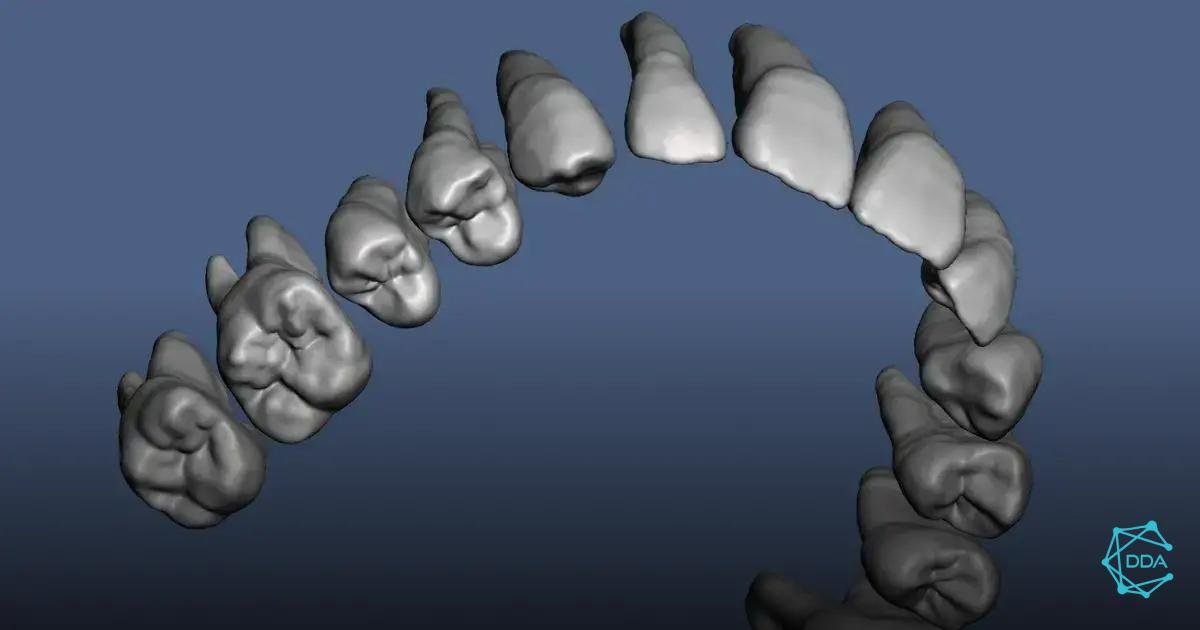

A 3D printing has revolutionized dental practices, allowing for a range of applications that improve the efficiency and quality of treatments. One of the most common applications is the creation of anatomical models customized. These models help dentists plan complex procedures more accurately by providing a clear visualization of the patient's anatomy.
Another significant application is the production of prosthetics and crowns. With 3D printing, it is possible to manufacture dental prostheses that fit perfectly and are aesthetically pleasing, reducing waiting times and increasing patient satisfaction.
3D printing is also widely used for creating surgical guides. These guides help dentists position dental implants accurately, minimizing errors and improving surgical outcomes.
Furthermore, the technology is used in the production of dental aligners, which are a popular alternative to traditional braces. The aligners are customized for each patient, providing a more comfortable and discreet treatment.
Finally, 3D printing can be used to create dental instruments and devices tailor-made. This allows dentists to have tools that perfectly fit their needs, improving ergonomics and efficiency during procedures.
3D Printer Maintenance Tips


A 3D printer maintenance is essential to ensure these machines run efficiently and produce high-quality results. Here are some practical tips to help keep your dental 3D printer in top condition.
First, it is important to carry out regular cleanings. Dust and material residue can build up in the printer, affecting print quality. Use a soft cloth and suitable cleaning products to remove dirt and debris from the external and internal surfaces.
Then check and calibrate the printer frequently. Proper calibration is critical to ensuring accurate prints. Follow the manufacturer's instructions for calibrating the print bed and motion axis.
A replacement of worn parts is another important part of maintenance. Keep an eye on the condition of components such as nozzles, belts and bearings. Replacing worn parts can prevent failures and improve print quality.
Also, keep a usage record of the printer. Record the operating hours and maintenance frequency. This will help you identify patterns and predict when preventive maintenance should be performed.
Finally, always use quality materials. Low-quality materials can cause clogging and print failures. Choose manufacturer-recommended resins and filaments to ensure the best printer performance.
Future Trends in Dental 3D Printing
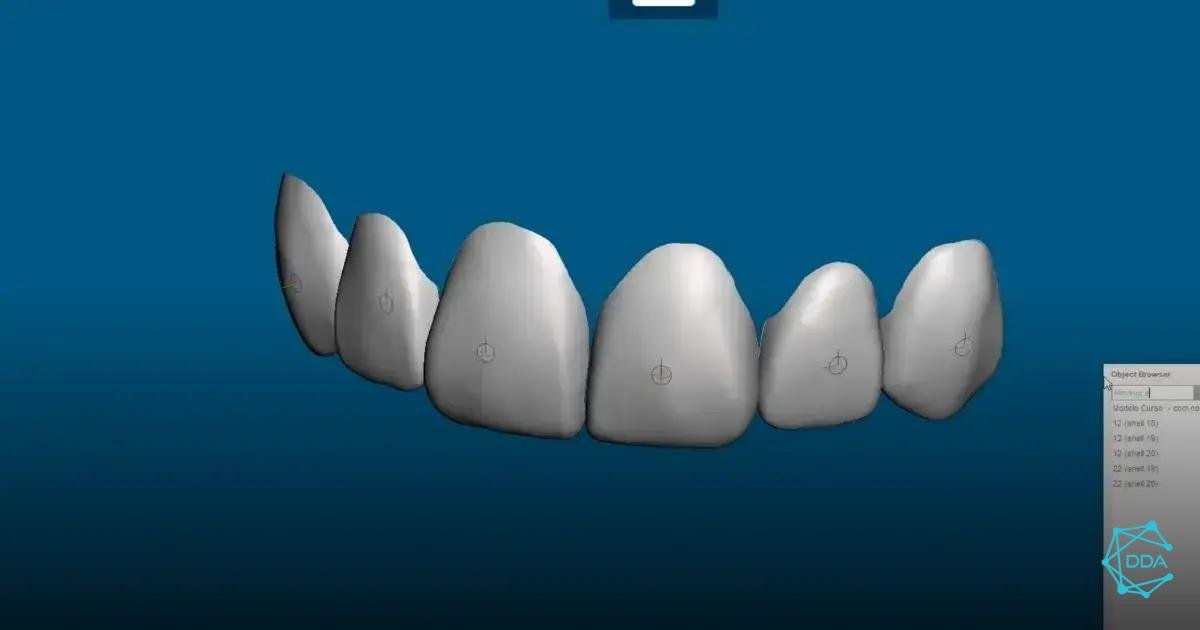

A dental 3D printing is constantly evolving, and several future trends promise to further transform the sector. One of the main trends is artificial intelligence integration with 3D printing. AI can help optimize the design of dentures and aligners, personalizing treatments according to the specific needs of each patient.
Another growing trend is the use of biocompatible materials and sustainable. As the demand for environmentally friendly solutions increases, more manufacturers are expected to develop materials that not only meet technical requirements but are also less harmful to the environment.
A mass customization is also becoming a reality in dentistry. With 3D printing, it is possible to produce customized devices on a large scale, meeting a variety of patient needs more efficiently and cost-effectively.
Furthermore, the 4D printing technology, which allows printed objects to change shape or function over time, is beginning to be explored in dentistry. This could lead to innovations such as orthodontic appliances that automatically adjust over time.
Finally, the teleodontology is emerging as an important trend. The ability to conduct virtual consultations and send data for 3D printing in remote locations can expand access to dental care in underserved areas, promoting global oral health.

